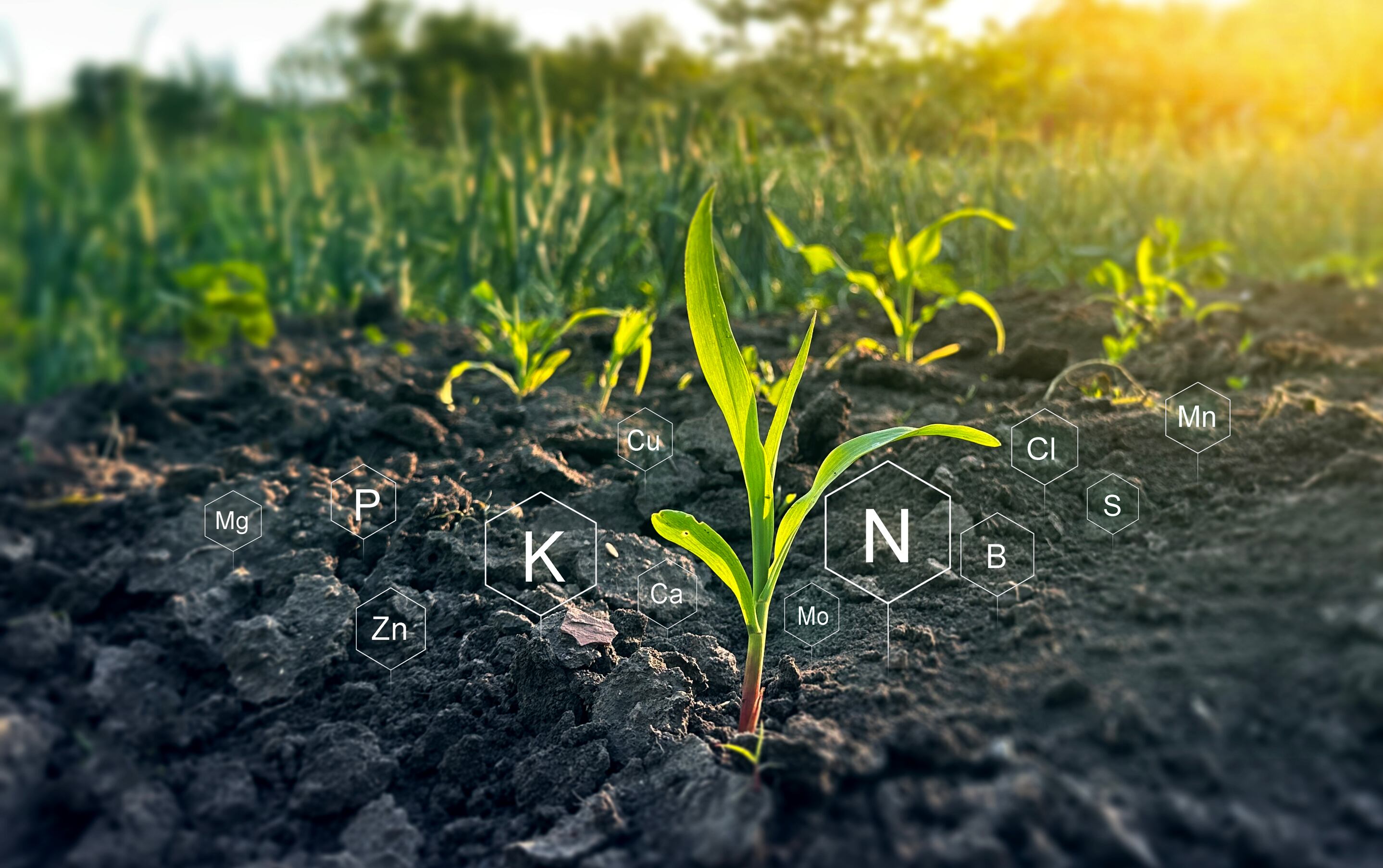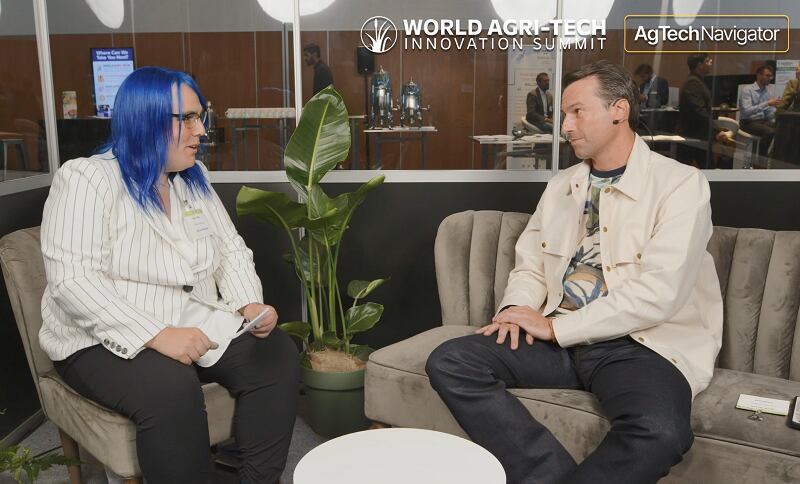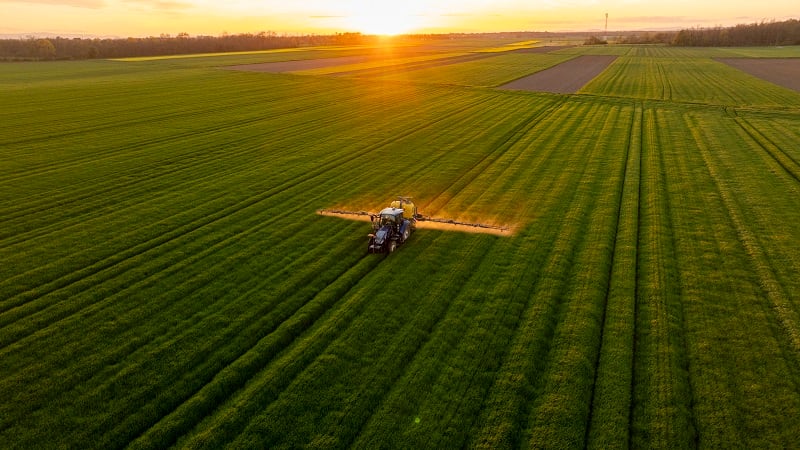Phosphate fertilisers are a cornerstone of modern agriculture, yet their efficiency and environmental impact have long been questioned. That’s because on most fields crops only absorb a tiny proportion of the fertiliser causing leaching and polluting local waterways.
US-based Ostara believes it has a solution thanks to its technology first developed to recover nutrients from wastewater. Ostara has created a mineral fertiliser designed to release phosphorus only in the presence of plant roots, thereby increasing efficiency and reducing runoff.
The company is growing quickly, raising $70m in a Series C round in 2022 to help it complete construction of its factory in St. Louis, Missouri, and it is now starting to consider the next raise to help it build another.
AgTechNavigator sat down with Ostara’s CEO Tom Snipes to discuss what sets its technology apart, the lack of urgency in the wider fertiliser industry, and why big consumer-facing companies demanding change is helping it out.
ATN: What’s unique about Ostara?
Traditional phosphate fertilisers are highly inefficient. Here in the US, monoammonium phosphate (MAP) is the most widely used product and there’s good scientific data showing they are only about 10% to 20% efficient. On top of that, the product is water soluble, so you get leaching which leads to lots of nitrogen and phosphate issues in our waterways.
Our product is incredibly unique in that it’s water insoluble. You put it out on the crop and the only way the material releases is in the presence of a root. Our product is only feeding the crop, so you get essentially zero leaching.
The product is probably greater than 95% efficient. So even though we’re more expensive on a per unit of phosphate basis, we are providing twice the available nutrients as traditional phosphate fertilisers.
The other thing I want to remind you of is this is not a treatment. We’re not putting a coating on phosphate. It’s not an additive. It’s not a microbial. We’re truly reacting and creating a unique mineral fertiliser, just like other phosphate or nitrogen fertilisers that are on the market. It’s an incredibly unique product.
A fertiliser that waits for the root
ATN: Why has no one else done it?
We have some really good intellectual property protection from the early roots of the company.
The company started in 2005, more on the wastewater treatment side, with some unique technology to pull out the nitrogen and phosphate and turn it into mineral fertiliser.
But that process produces relatively modest amounts of that material so around 2020 the company embarked on new initiative to produce this material on a production level, purchasing a plant here in St Louis.
So there’s IP but there’s also just a lot of know how. It is not the simplest material to create.
From wastewater to wide-acre fields
ATN: So the inputs anymore aren’t coming from wastewater anymore?
We’re still doing both. We still sell material to the market that is coming from this wastewater side of the business, but it’s not adequate to satisfy the big customers that are starting to adopt the technology.
That’s why we built this plant in St Louis so that we can supply the broader acre agricultural markets here in the US and Canada. About half our volume is in Canada.
ATN: Do you have many competitors?
There’s not a lot of alternatives in the market. There are some products, like microbials, that provide a mild benefit but it’s very mild. Those microbials can free up some of the bound phosphorus, but with the nature of the phosphorus cycle, it’s a hard thing to overcome.
That’s why I think our product is unique, because we’re focused on the actual fertiliser itself, not the different dynamics that are going on in the soil.
![Ostara CEO Tom Snipes: "We’re definitely getting on the radar. And when [the big agrichemical companies] start to see some of their leading growers adopt our technology, that puts a lot of pressure on them."](https://www.agtechnavigator.com/resizer/v2/JI3HQFAMB5BDDAFRMUTGRRSFPQ.jpg?auth=293de5280ec456a27c0c0a9f3aa5b6a16a3f39712a283ef8051e786d0cd8f589&smart=true)
Big brands, bigger pressure
ATN: What’s your route to market?
We still work with traditional retailers, large co-ops, the big national strategics here in the US. But we also provide a lot of assistance in trying to explain our value proposition to growers of all sizes.
We’ve seen some of the larger farms here in the US that are affiliated with the big consumer products companies come under pressure to start looking at new alternative fertilisers with a more positive environmental impact.
ATN: So you feel like you’re benefiting from a top-down shift as these big multinationals say they want to do things differently?
Yeah, I really do think that. Particularly larger, more sophisticated farms, they’re continuing to look toward innovation and trying to figure out what are the smarter ways that they can farm.
ATN: What size are you now?
We don’t really go into our specific size. Our ownership prefers to keep that close. But we are starting to approach the capacity of our plant here in St Louis [200k tonnes a year] and we’re starting to look at potential alternatives for a second plant.
Scaling fast, flying under the radar
ATN: Your last raise was $70m in 2022. What’s the next milestone you see coming up?
We’ll probably be doing another raise relatively soon as we start looking at the second plant, and, continuing to provide the capital and everything else we need for existing growth. Probably in 2026.
ATN: What’s the direction of travel in the wider fertiliser chemical industry? Is the sense of urgency you have around phosphates matched by the rate of innovation in the big agrichemical companies?
No, I still feel like there’s a pretty substantial gap.
If you look at nitrogen fertilisers, there’s a substantial amount of nitrogen that is now being treated or improved in some fashion to be more efficient. There’s just not been very many good science-based choices on the phosphate side.
There’s been some questionable products that have marketed themselves, but they’ve fallen by the wayside because they just never really proved the level of efficacy that they claimed.
ATN: Have any of the big agrichemical companies shown an interest in acquiring Ostara?
Not necessarily in a potential sale. But this is the first year we’ve actually had some customers switch all their fall business to our technology versus the traditional phosphate fertilisers.
As that happens, I think that some of those companies are probably just starting to get a higher level of awareness of us.
We’re currently really focused on just the North American market, but we know the product has also got an incredible value proposition in markets like Brazil. So longer term, we’ll start having a more advanced dialog with potential partners in those markets, because that’s a long timeline to develop.
A wake-up call for agrichemical giants
ATN: If what you’re doing is so unique, and there is big demand in the market for it, why are the big agrichemical companies not either throwing everything they can into developing their own, or trying to acquire Ostara itself?
Candidly, I think it’s really just awareness. Our plant wasn’t producing material on a ratable scale until the last six to 12 months.
But we’re now on the sixth week of record production, and we feel like we’re a rateable supplier to the market. I really do.
I’m being careful about what I’m telling you, but we’re starting to get inquiries that are promising.
We’re definitely getting on the radar. And when [the big agrichemical companies] start to see some of their leading growers adopt our technology, that puts a lot of pressure on them.




